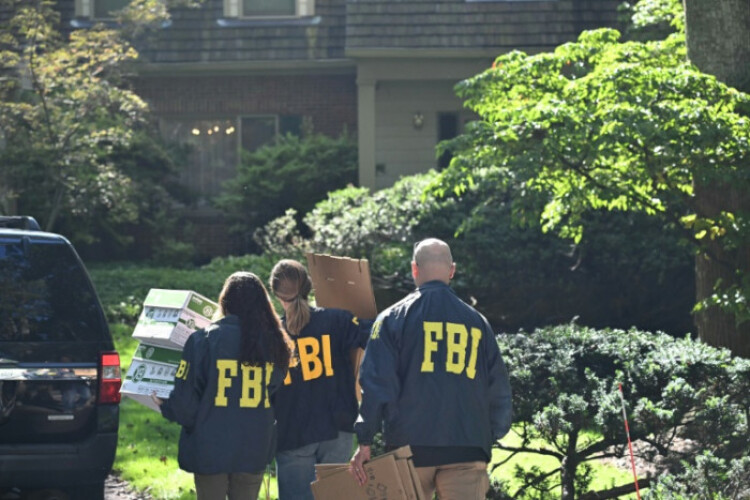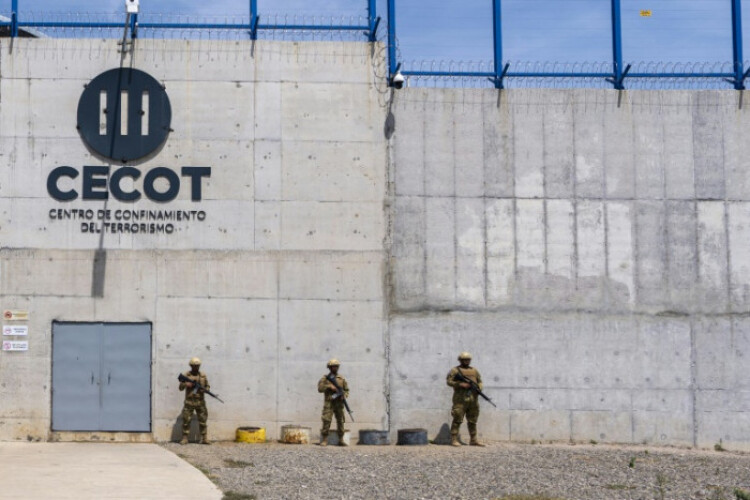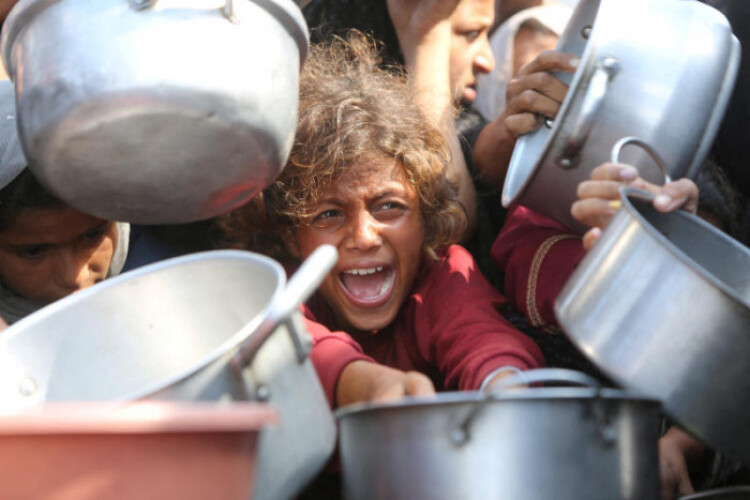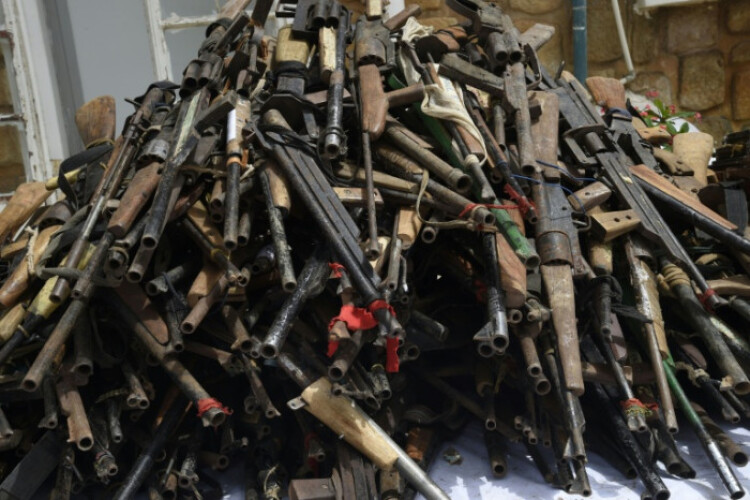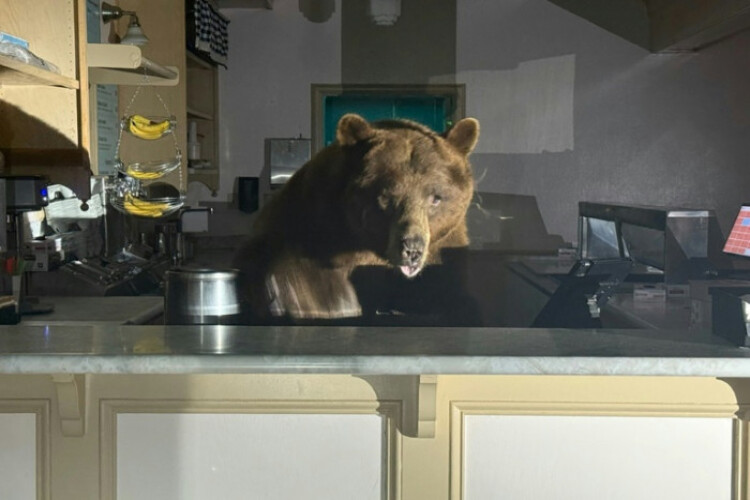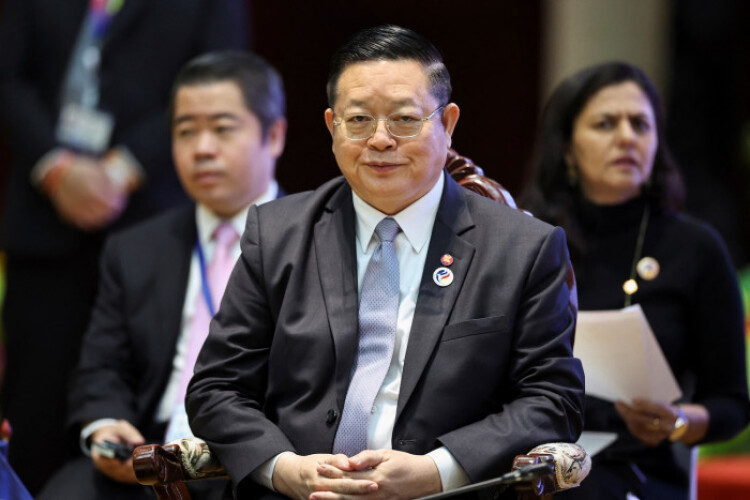
VIENTIANE - Asean remains a “stabilising force” in Southeast Asia despite making only incremental progress on key issues, including the civil war in Myanmar and a code of conduct for the South China Sea, its secretary-general said on Thursday.
Leaders of the 10-member Association of Southeast Asian Nations are meeting in Laos this week with heads of government and top diplomats from partners including the United States, China, Japan and Russia.
The bloc, home to 685 million people and representing around 8% of global exports, has been unable to push resolutions on difficult regional issues, which analysts say risks undermining Asean’s central role in its backyard.
But Asean Secretary-General Kao Kim Hourn insisted the grouping has constantly pushed for dialogue and diplomacy, ensuring that negotiations move ahead.
“Asean has been, I would say, the stabilising force,” the former Cambodian diplomat told Reuters in an interview late on Wednesday.
“We take the issues head on,” he said. “People always put too much emphasis on problems, but the way I look at Asean, we have come a long way.”
For instance, he said, with member economies increasingly integrated and trade agreements in place with many external partners, Asean attracted $230 billion in new investments in 2023.
“The fact that there is confidence and trust in Asean, that’s why the $230 billion investment moves into Asean,” he said. “The future is here.”
Asean has made little progress with its “five point consensus” peace plan for Myanmar, agreed on months after the 2021 coup, but Kao Kim Hourn said the leaders remain adamant that the group will stay engaged with Myanmar.
“We need time and patience,” he said. “Myanmar is such a complicated, a complex issue. … We should not expect a quick fix.”
Conflict has raged in Myanmar, with an expanding armed resistance against the military government. Some 18.6 million people, more than a third of the population, are estimated to be in need of humanitarian assistance.
Despite losing control of wide swathes of territory and being pinned down across multiple front lines, the junta appears to be pushing ahead with plans for an election next year, which has been widely derided as a sham.
Asean will continue to push for “inclusive political dialogue” among all conflicting parties in Myanmar, said Kao Kim Hourn, even as leaders look to scale up humanitarian assistance.
Thai Prime Minister Paetongtarn Shinawatra on Wednesday offered to host an “informal consultation” on Myanmar in December among Asean members, some of whom are divided between those who want the junta to do more and those calling for more talks among warring parties.
Another major concern for Asean is tension in the South China Sea, where confrontations in disputed waters continue between China and the Philippines, and more recently Vietnam.
The situation has brought renewed attention to Asean’s protracted negotiations with Beijing towards creating a code of conduct for the vital waterway, a process in motion since 2017.
“Until now, there have been ongoing negotiations,” Kao Kim Hourn said, “It’s not static, it’s not standstill, but things are still moving ahead.”
China claims almost the entire South China Sea, a conduit for $3 trillion of trade annually, and has deployed an armada of coast guard deep into areas claimed by Asean members Vietnam, the Philippines, Indonesia, Malaysia and Brunei.
While some Asean countries hope the code can be concluded in a few years, prospects for a legally binding text remain distant, analysts say.
“The good part is that as long as there are still dialogue and diplomacy on the table and moving forward, I think there’s a lot of hope there,” Kao Kim Hourn said.
Leaders of the 10-member Association of Southeast Asian Nations are meeting in Laos this week with heads of government and top diplomats from partners including the United States, China, Japan and Russia.
The bloc, home to 685 million people and representing around 8% of global exports, has been unable to push resolutions on difficult regional issues, which analysts say risks undermining Asean’s central role in its backyard.
But Asean Secretary-General Kao Kim Hourn insisted the grouping has constantly pushed for dialogue and diplomacy, ensuring that negotiations move ahead.
“Asean has been, I would say, the stabilising force,” the former Cambodian diplomat told Reuters in an interview late on Wednesday.
“We take the issues head on,” he said. “People always put too much emphasis on problems, but the way I look at Asean, we have come a long way.”
For instance, he said, with member economies increasingly integrated and trade agreements in place with many external partners, Asean attracted $230 billion in new investments in 2023.
“The fact that there is confidence and trust in Asean, that’s why the $230 billion investment moves into Asean,” he said. “The future is here.”
Asean has made little progress with its “five point consensus” peace plan for Myanmar, agreed on months after the 2021 coup, but Kao Kim Hourn said the leaders remain adamant that the group will stay engaged with Myanmar.
“We need time and patience,” he said. “Myanmar is such a complicated, a complex issue. … We should not expect a quick fix.”
Conflict has raged in Myanmar, with an expanding armed resistance against the military government. Some 18.6 million people, more than a third of the population, are estimated to be in need of humanitarian assistance.
Despite losing control of wide swathes of territory and being pinned down across multiple front lines, the junta appears to be pushing ahead with plans for an election next year, which has been widely derided as a sham.
Asean will continue to push for “inclusive political dialogue” among all conflicting parties in Myanmar, said Kao Kim Hourn, even as leaders look to scale up humanitarian assistance.
Thai Prime Minister Paetongtarn Shinawatra on Wednesday offered to host an “informal consultation” on Myanmar in December among Asean members, some of whom are divided between those who want the junta to do more and those calling for more talks among warring parties.
Another major concern for Asean is tension in the South China Sea, where confrontations in disputed waters continue between China and the Philippines, and more recently Vietnam.
The situation has brought renewed attention to Asean’s protracted negotiations with Beijing towards creating a code of conduct for the vital waterway, a process in motion since 2017.
“Until now, there have been ongoing negotiations,” Kao Kim Hourn said, “It’s not static, it’s not standstill, but things are still moving ahead.”
China claims almost the entire South China Sea, a conduit for $3 trillion of trade annually, and has deployed an armada of coast guard deep into areas claimed by Asean members Vietnam, the Philippines, Indonesia, Malaysia and Brunei.
While some Asean countries hope the code can be concluded in a few years, prospects for a legally binding text remain distant, analysts say.
“The good part is that as long as there are still dialogue and diplomacy on the table and moving forward, I think there’s a lot of hope there,” Kao Kim Hourn said.

